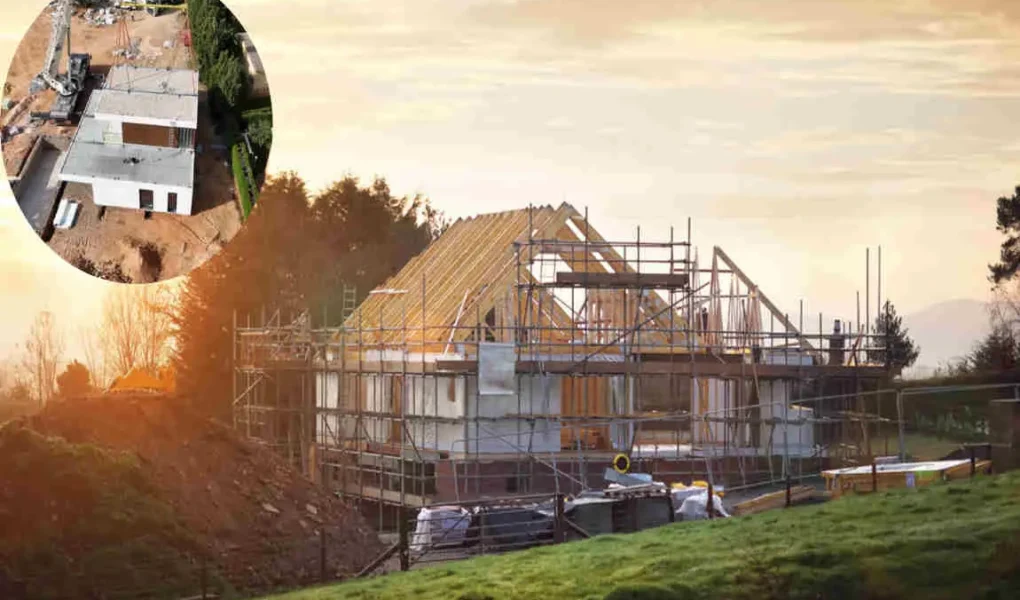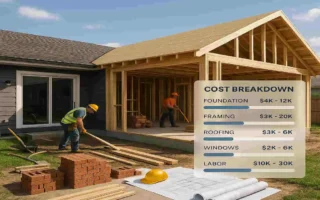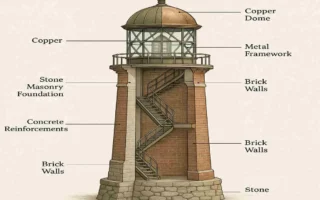When planning to build a house in Florida, one of the most common and pressing questions is: “How long does it actually take to build a house in Florida?”. Whether you’re home building your dream custom home, a modular house, or a simple tract home, understanding the timeline is crucial. It helps you manage expectations, plan your finances, and avoid unnecessary delays.
Understanding the Home Building Process in Florida
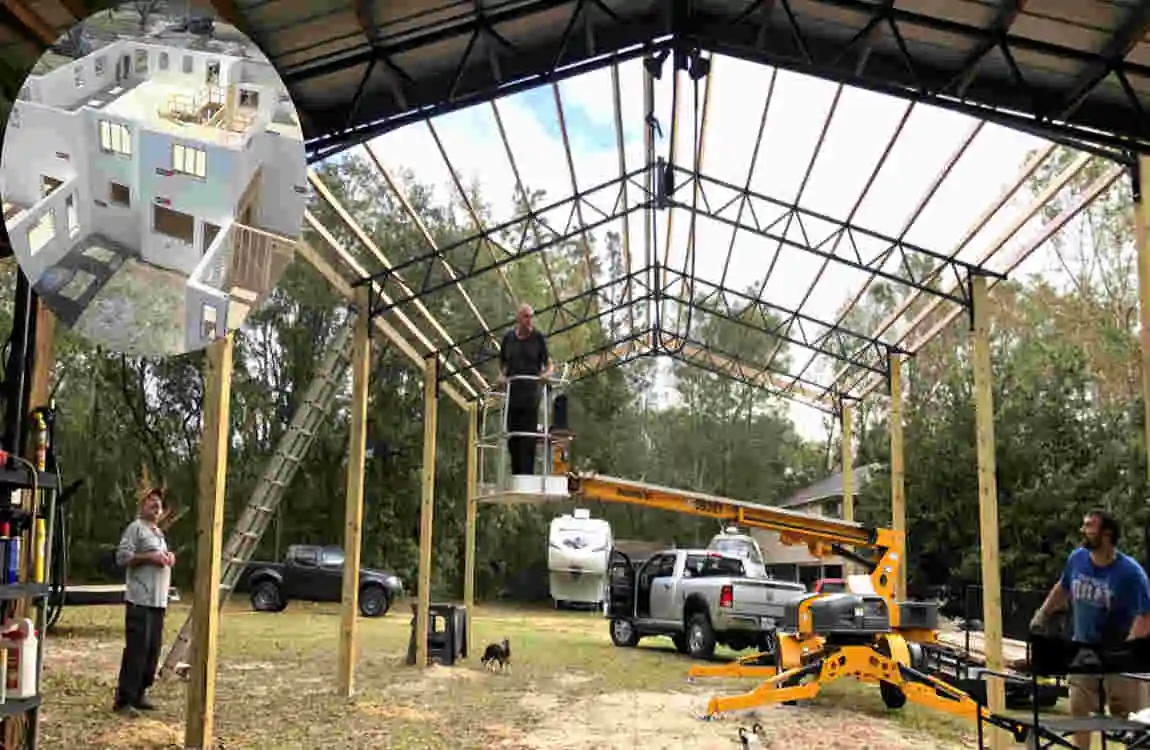
Building a house is a complex journey that involves several phases. Each phase plays a critical role in ensuring your home is built to standards, meets your needs, and complies with local regulations. Let’s take a closer look at each phase:
Key Phases of Home Building in Florida
- Financing
- Before breaking ground, securing funding is the first step. This involves obtaining a mortgage or construction loan, which can take a few weeks depending on your financial situation.
- Purchasing Land
- Finding the right plot of land is essential for your home. Land acquisition in Florida can vary significantly in time depending on location, availability, and zoning restrictions.
- Designing the Home
- Whether you’re opting for a custom home or a pre-designed plan, the design phase includes working with architects and designers to create blueprints tailored to your needs.
- Permitting and Approvals
- Florida has strict building codes, especially in coastal and hurricane-prone areas. Obtaining permits is a crucial step to ensure your home complies with local regulations.
- Construction
- This is the most time-intensive phase, where the physical structure of the house is built. It involves site preparation, foundation, framing, roofing, plumbing, electrical work, and more.
- Inspections and Final Walkthrough
- Before you can move in, your home must pass several inspections to ensure everything is safe and up to code.
Each phase has its own challenges, time requirements, and regulations, which we’ll explore in detail below.
Typical Timeframes for Building a House in Florida
The timeline for building a house in Florida depends on the type of home and the complexity of the project. Here’s an overview of the average time it takes to make different kinds of homes:
Average Timelines by Home Type
- Custom Homes: 12–24 months
- Custom homes take the longest to build because they require personalized designs, unique materials, and specialized construction processes.
- Tract Homes: 9–12 months
- Tract homes are pre-designed homes built in planned communities. These are faster to construct as they follow standard designs and processes.
- Modular Homes: 4–6 months
- Modular homes are pre-fabricated in factories and assembled on-site, making them the quickest option to build.
Time Estimates for Each Phase
You may also read (a step by step guide to building a house in laos).
Here’s a breakdown of how long each phase typically takes:
Phase Time frame
Financing 2–4 weeks
Land Acquisition 1–6 months
Design & Planning 3–5 months
Permits & Approvals 1–2 months
Construction 6–12 months
Final Walkthrough & CO 1–2 weeks
These timeframes are averages and can vary based on factors like weather conditions, location, material availability, and the builder’s schedule.
Detailed Look at Each Phase
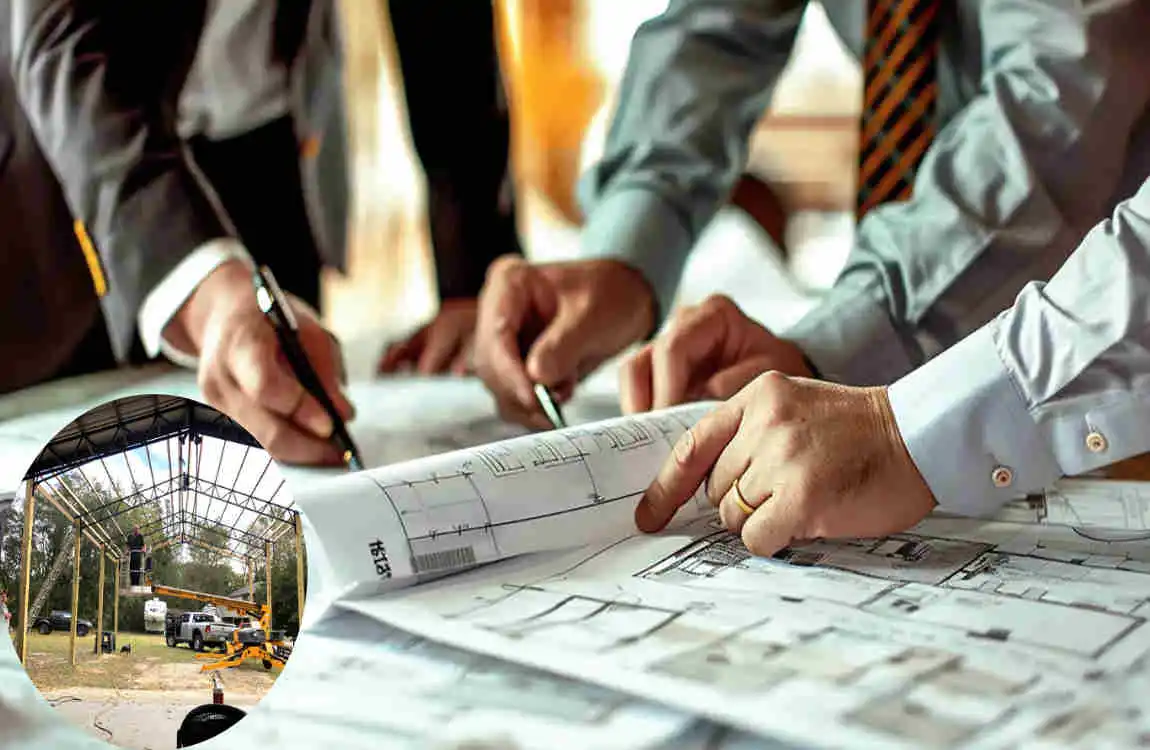
Let’s dive deeper into each phase to understand what happens and what can affect the timeline.
Financing
Securing financing is the first step in building a home. This process involves getting pre-approved for a construction loan or mortgage, which requires documentation of your income, credit history, and financial stability. Factors like lender approval times and your preparedness can influence how long this takes.
Land Acquisition
Land acquisition in Florida can be straightforward or time-consuming, depending on the location. Coastal areas and high-demand regions can take longer due to limited availability and zoning restrictions. Additionally, if the land needs clearing or leveling, this can add time to the process.
Design & Planning
Customizing your home’s design is an exciting phase, but it can also be time-intensive. The more unique your design, the longer it may take to finalize plans and blueprints. Collaborating with architects and designers, and making decisions about layouts, materials, and finishes, all contribute to the timeline.
Permitting & Approvals
Florida’s permitting process can be one of the biggest bottlenecks. The state has strict building codes to account for hurricane risks, flood zones, and environmental impacts. Applying for permits and waiting for approvals can take anywhere from a few weeks to a couple of months, depending on the efficiency of local government offices.
Construction
The construction phase is where the magic happens—and also where most delays occur. Factors that can affect the timeline include:
- Material Availability: Supply chain issues can lead to delays in getting materials like lumber, concrete, or roofing.
- Weather Conditions: Florida’s hurricane season and heavy rains can halt construction for days or even weeks.
- Labor Shortages: Skilled labor availability can impact how quickly the project progresses.
Final Walkthrough & Inspections
Once the house is complete, it must pass inspections to ensure everything meets safety and code requirements. This final phase usually takes 1–2 weeks and involves a walkthrough with the builder to address any last-minute fixes.
Factors That Influence Construction Speed in Florida
Several factors can significantly impact how long it takes to build a house in Florida. Here are some of the most common:
- Weather Conditions: Florida’s climate—particularly during hurricane season—can cause construction delays. Heavy rains and storms can disrupt schedules and damage materials.
- Location: Building in coastal areas often requires additional permits and construction techniques to withstand hurricanes and flooding.
- Supply Chain Issues: Global shortages of building materials can lead to unexpected delays.
- Builder Expertise: Experienced builders with efficient project management can help move the process along smoothly.
- Government Regulations: Some municipalities in Florida have longer permitting backlogs, which can slow down the process.
Common Delays and How to Avoid Them
While delays are sometimes unavoidable, there are steps you can take to minimize them:
- Permitting Backlogs: Start the permitting process as early as possible. Hiring a builder familiar with local regulations can help streamline the process.
- Weather Delays: Avoid starting construction during hurricane season (June to November).
- Poor Planning: Proactive planning and clear communication with your builder can help avoid unnecessary holdups.
- Choosing the Right Builder: A reputable builder with a track record in Florida can make a big difference in keeping your project on schedule.
Tips for Speeding Up the Home Building Process in Florida
If you’re eager to move into your new home sooner, here are some tips to speed up the process:
- Prepare Your Finances Early
- Have all your financial documents ready before applying for loans to avoid delays in approval.
- Choose Pre-Designed Homes
- Opting for modular or tract homes can significantly reduce the time spent on design and construction.
- Stay in Communication
- Regularly check in with your builder and permitting officials to address any issues quickly.
- Efficient Scheduling
- Work with your builder to create a detailed construction schedule and plan material orders in advance.
What to Expect After Construction: Final Steps Before Move-In
Once construction is complete, there are still a few steps before you can move in:
- Final Walkthrough: Inspect the home with your builder to ensure everything meets your expectations. Address any final touch-ups during this phase.
- Certificate of Occupancy (CO): This document confirms that your home is safe and meets all regulations.
- Setting Up Utilities: Arrange for electricity, water, and internet services to be activated before your move-in date.
You may also read (does a house built in 1986 likely have asbestos).

